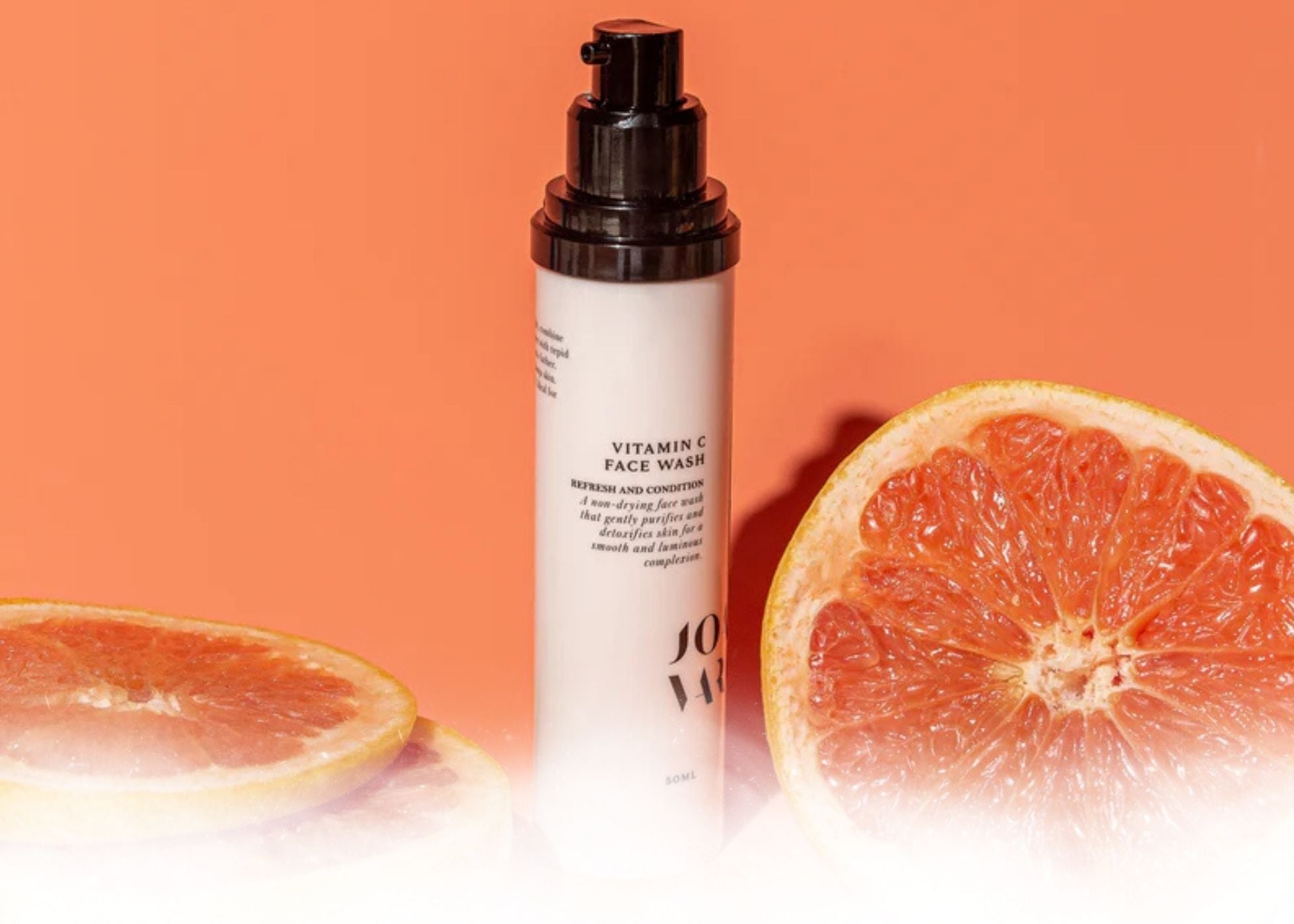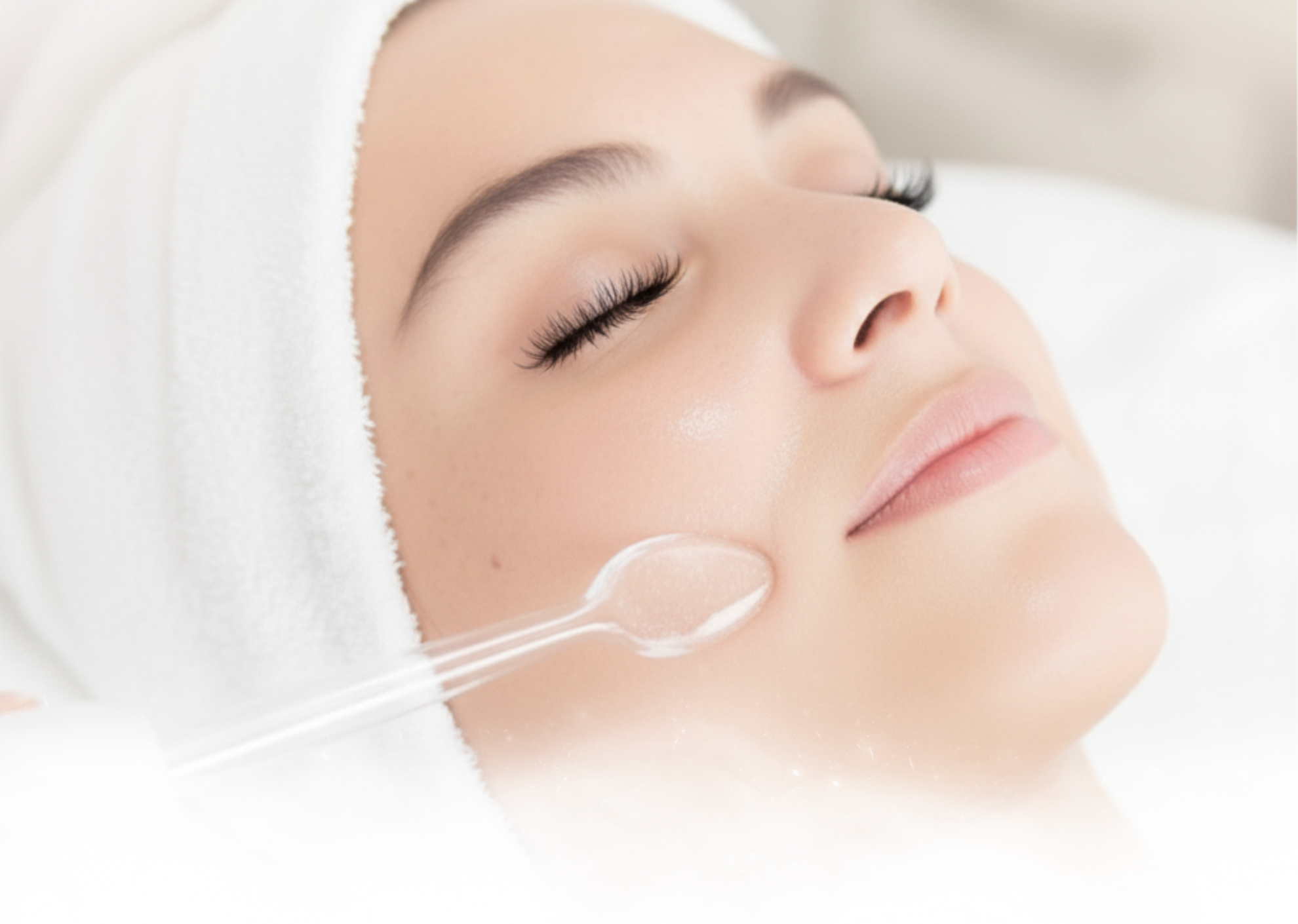How To Improve Cellulite

>What is the best treatment for improving cellulite? That is probably up for debate but to get the best treatment one should know the "face" of the enemy. I found this excerpt from a Oprah.com article on the subject of cellulite. Once, full hips suggested a woman’s strength, her powerful, awe-inspiring ability to procreate; the soft slice of thigh exposed between a panty girdle and the dark top of a stocking held fast by a garter was delectable, not diseased; the natural padding on a woman’s thighs was considered plush, luxurious, suggestive of a velvety capaciousness altogether female. Sadly we don't live in the 1800s or even early 1900s when the esthetics the day demanded that a women be voluptuous. This was even so in the 1950s when Marilyn Monroe (a voluptuous woman) was the epitome of womanly beauty. So how do we deal with this new sign post of beauty? That is up to you. However, many famous and beautiful women have said that you must learn to love yourself and that is the first lesson. Below you'll find suggestion for how to deal with cellulite and what are some options for you. Source: Violet Grey
. Your family may also be to blame with certain genes predisposing individuals to slower metabolism, poor circulation, and a proclivity for storing fat just underneath the skin. “People who eat too much fat, carbohydrates or salt, and too little fiber are likely to have more cellulite,” says Engelman. “It also may be more prevalent in smokers, those who do not exercise and those who sit or stand in one position for long periods of time.” Even your underwear could be a culprit: material that is too tight across the buttocks can limit blood flow. A Weighty Matter? Anyone who has logged time backstage during any given Fashion Week can attest that even the most slender physiques can fall prey to cellulite. “Even very thin people have it,” adds Engelman. “But if you are overweight, losing weight will likely help improve its appearance.” While diet and exercise (ideally, cardio plus weight and strength training) won’t eradicate cellulite completely, they can make a significant difference. Hydration and eating as cleanly as possible (minimal sugar, salt, and fatty foods) will help flush out your system. “Vitamin C is important for collagen so eating foods rich in it will help skin be firmer, tighter and stronger,” says holistic plastic surgeon Dr. Shirley Madhere. “Since there is an inflammatory component to some stages of cellulite, green leafy foods and vegetables with antioxidants can reduce the level of inflammation in the body.” And be wary of too much juicing, cautions facialist Isabelle Bellis. “Juicing too much leads to a build-up of sugar in the system which can exacerbate cellulite. I always recommend a well-balanced, low-acidic diet,” she adds. Little Lotions, Big Promises Though their claims may be lofty, no lotion will get rid of cellulite. “In the medical world it’s considered physiologically normal to have cellulite (i.e., not a disease) and that’s why there is no cure,” says Engelman. What topical treatments can do is smooth the skin’s appearance in a superficial way if applied religiously. “Products with plant-based ginkgo or caffeine will help improve circulation when massaged daily into areas of cellulite,” says Bellis. Caffeine figures prominently into most cellulite creams including the one most-hoarded overseas, Biotherm’s Celluli Eraser Concentrate; its other main ingredient, coralline extract, helps to prevent fat cells from sinking into the skin and addresses existing fatty deposits. And Madhere even counsels using the same retinoic acid on your cellulite as you do on your complexion to renew your look. Beyond Skin Deep For those in search of something more intensive, there have been significant strides made in the treatment realm. Cellulaze, which the FDA approved a few years ago, uses laser energy (applied beneath the skin surface) to soften the fibrous bands of connective tissue, melt fat and tighten. The doctors who have used it claim that cellulite doesn’t reoccur after the procedure, but it can be costly (around $5,000). Another option is mesotherapy, a treatment that’s wildly popular throughout Europe and Asia, but that still hasn’t caught on in the US (it remains unapproved by the FDA here). Mesotherapy consists of micro-injections of substances like vitamins, minerals, amino acids, or enzymes. “Our average needles in medicine are about 13 millimeters, but in mesotherapy they don’t go deeper than four to six millimeters,” explains Madhere. “You are going superficial to mid-dermis where a lot of the collagen and micro-vasculature resides, and people who perform it believe it has a tightening effect on the skin.” Though it may offer a slight improvement for cellulite, Engelman cautions that mesotherapy also carries risks like swelling, infection, and irregular contours. Madhere and Dr Haideh Hirmand are both excited about the arrival of Cellfina, a new quickie (an hour or less) treatment that releases the fibrous bands in dimpled areas using a device that mimics the surgical process of subcision. “You place it over the area after numbing it, and it releases a blade that cuts the bands very quickly and efficiently, allowing you to do more in a shorter amount of time,” says Madhere. “If you have stage 1 cellulite Riding the (Radio) Wave If you are wary of breaking the skin’s surface to treat cellulite, treatments using radio wave frequencies have also become de rigueur. Dr. Paul Jarrod Frank has had success with Exilis Elite, a skin-tightening device that contours areas with cellulite using monopolar radiofrequency energy, and Engleman employs a one-two punch of ZWave and Vanquish, which use high-energy radial shockwaves and radiofrequency, respectively, to address cellulite. And at beloved facialist Joanna Vargas’s New York salon, ladies with cellulite are lining up for The Burn—the treatment uses radio waves and heat to push collagen fibers together and trigger collagen production. Go Au Naturel For a more holistic approach, many swear by a vigorous daily dry brushing, an age-old technique wherein you use a stiff-bristled brush with gentle pressure on dry skin (always moving in the direction of the heart). Body brushing is meant to stimulate the lymphatic system, exfoliate skin, boost circulation and elasticity, and helps with the appearance of cellulite. Try brushing before you shower, starting at the feet and brushing upwards towards the heart focusing in on cellulite-prone areas like the thighs and buttocks. Bellis offers a two-hour treatment (Bio Cupping Body Detox) targeting cellulite with a combination of essential oils, body brushing, light therapy and, most importantly, cupping. The ancient Chinese methodology brings toxins to the skin’s surface and, in conjunction with light therapy, combats water retention and detoxes the body. Bellis counsels 6-12 treatments total, every two weeks, to see a difference but insists that clients should also chill out for the best results. “It’s really important to reduce stress,” she says. “Excess stress creates a lot of acid in our bodies and slows down metabolism, thus reducing circulation.”]>> <







